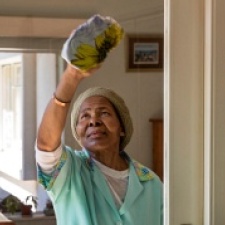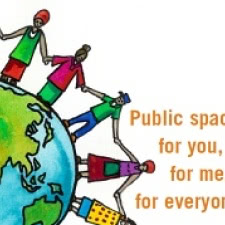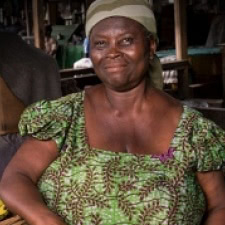Advanced Search
Search Results
32 results found
This brief presents key indicators on home-based workers and their work across the world. Globally, 260 million women and men produce goods or provide services from their homes: 86% are in developing and emerging countries and 57% are women. This WIEGO Statistical Brief offers insight into where and...
In Bangladesh, there were about 3.2 million non-agricultural and 7.4 million agricultural home-based workers, according to the 2016/17 Labour Force Survey. This represents, respectively, about 5.2 and 12.1 per cent of the employed population aged 15 and older. The data presented in this brief are...
En la Ciudad de México y en las zonas urbanas de México, las mujeres representan el 42% y los hombres el 58% de la fuerza laboral (Tabla 1).1 A nivel nacional, la proporción de mujeres en México es levemente inferior, con un 39%. Entre 2013 y 2019, el empleo en México aumentó en más de 5 millones de...
Employment in India is overwhelmingly informal: 90 per cent of all workers are employed under informal arrangements nationally; in urban areas and in Delhi, the proportion is 80 per cent. This brief provides comparative data from 2011-12 and 2017-18 for informal workers in all India, and by urban...
This Brief provides statistics on the informal economy and categories of informal workers in Mexico. The data in this brief are based on the second quarter of the 2013 and 2019 Encuesta Nacional de Ocupación y Empleo (ENOE), a quarterly survey of the National Statistical Institute of Mexico, INEGI.
This brief details recent data on informal workers in Greater Accra, urban Ghana and Ghana overall, and looks at the data: by sex by occupational groups (domestic workers, home-based workers, market traders, street vendors and waste pickers) by status of employment by educational levels by age It...
This brief contains estimates on informal workers in Bangkok and other urban centres in Thailand.
This publication is a brief version of the 3rd edition of Women and Men in the Informal Economy: A Statistical Picture (ILO 2018). The 3rd edition of Women and Men in the Informal Economy estimates that two billion (61 per cent) of the global employed population earn their living in the informal...
Many employment arrangements today do not fit easily within the existing International Classification of Status in Employment (ICSE-93) either because they sit ambiguously between paid employment and self-employment, or because they require greater detail, such as the creation of a new category or...
Statistical Brief 15 discusses the importance and relevance of the definition of informal employment to the economies of developed countries and to studying trends in the structure of employment across all countries. It then reviews the criteria in the International Conference of Labour...
Videos / Slideshows / Audio
Millions of women work long hours, in dangerous conditions, for little pay. They are fighting for change, with the help of ILO Convention 189 on Decent Work for Domestic Workers. Watch this video to learn how.
Workers Education/Organizing Materials
This manual helps street vendors learn more about the regulations that govern public space and how to defend the right to work in public space. It describes successful actions taken by street vendor organizations. And it offers information to help you organize and negotiate with local government.
WIEGO Working Papers
Mike Rogan reviews how informal workers are taxed, why there is growing interest in taxing them, and whether they should be included in the tax net.



